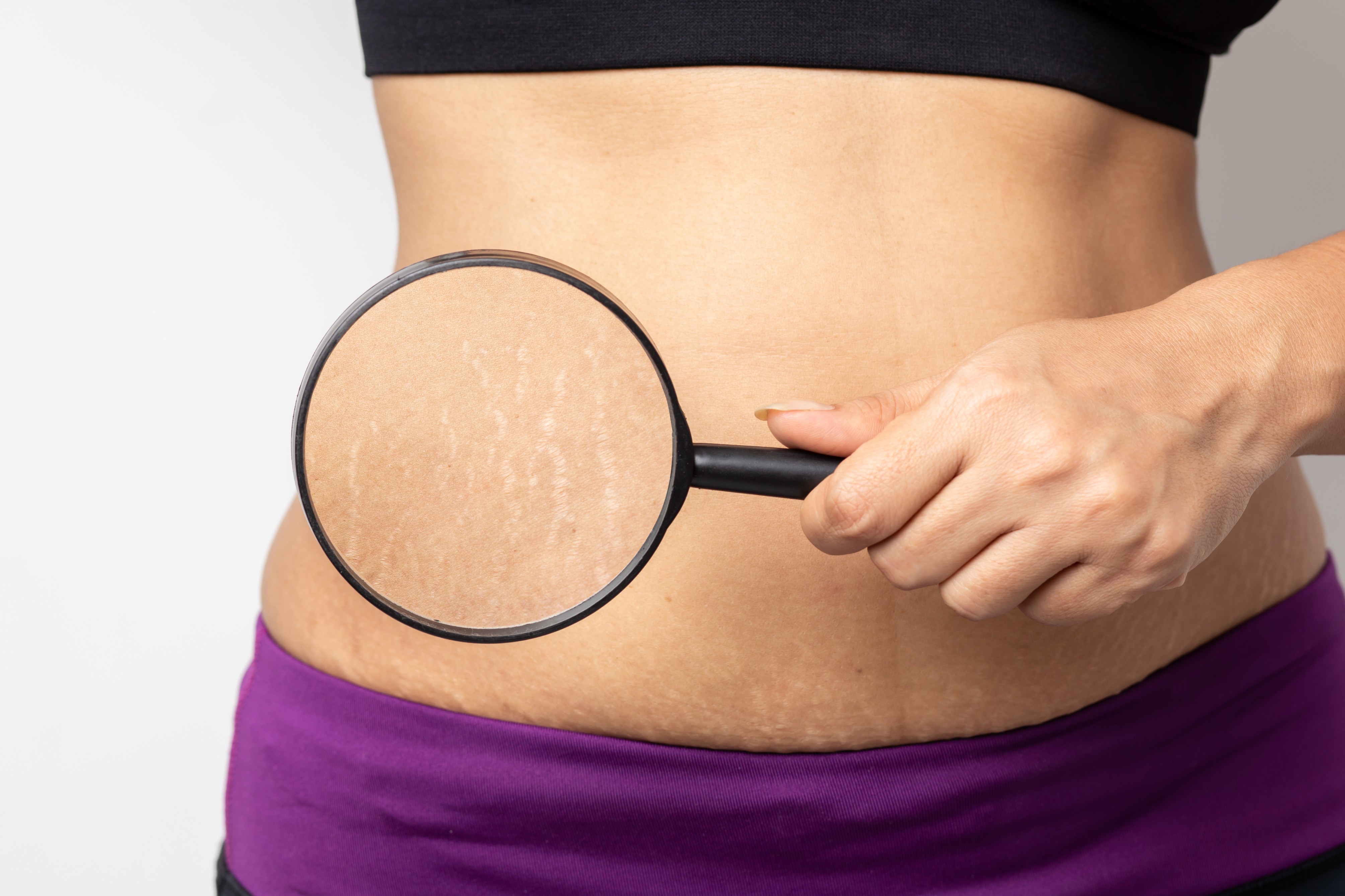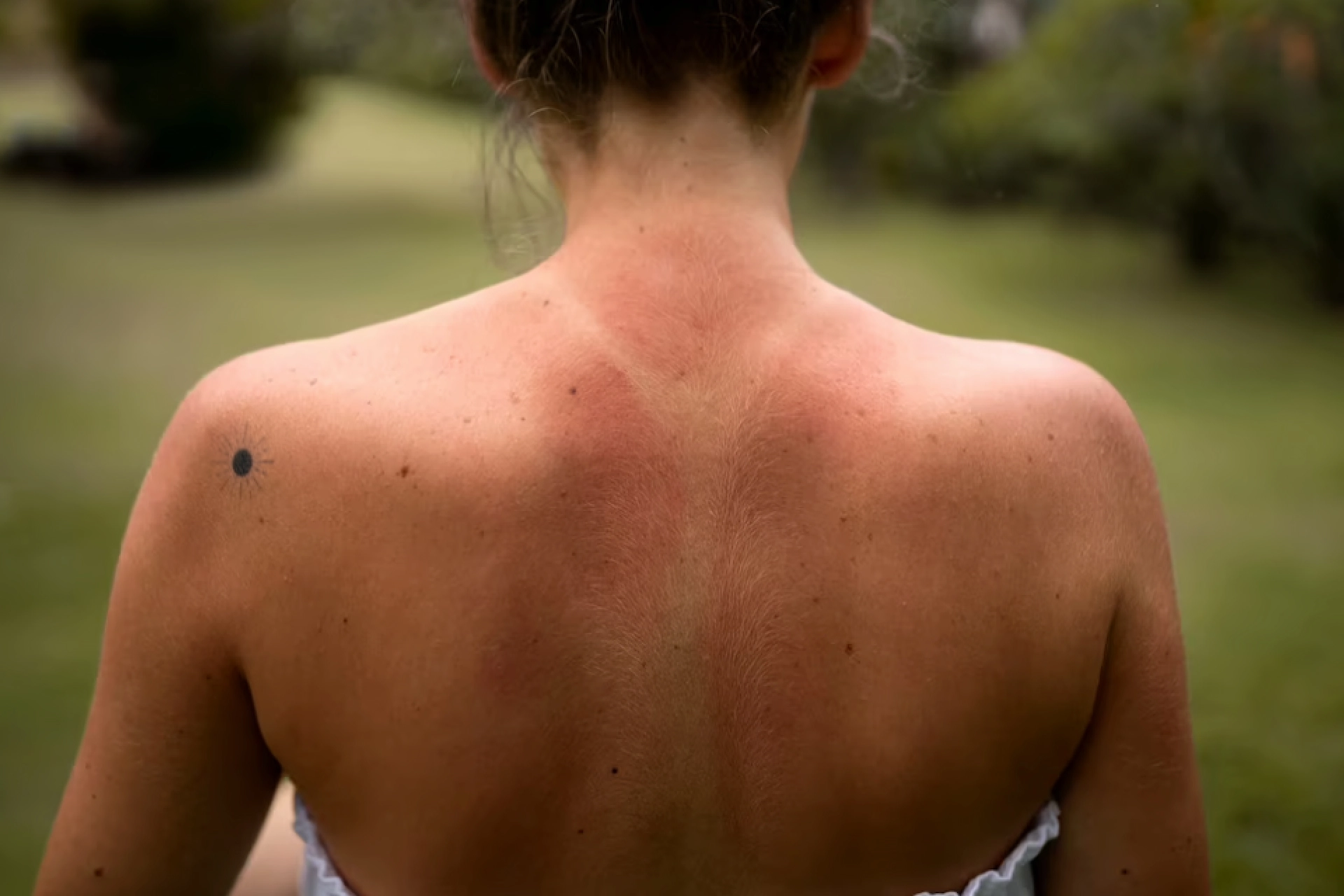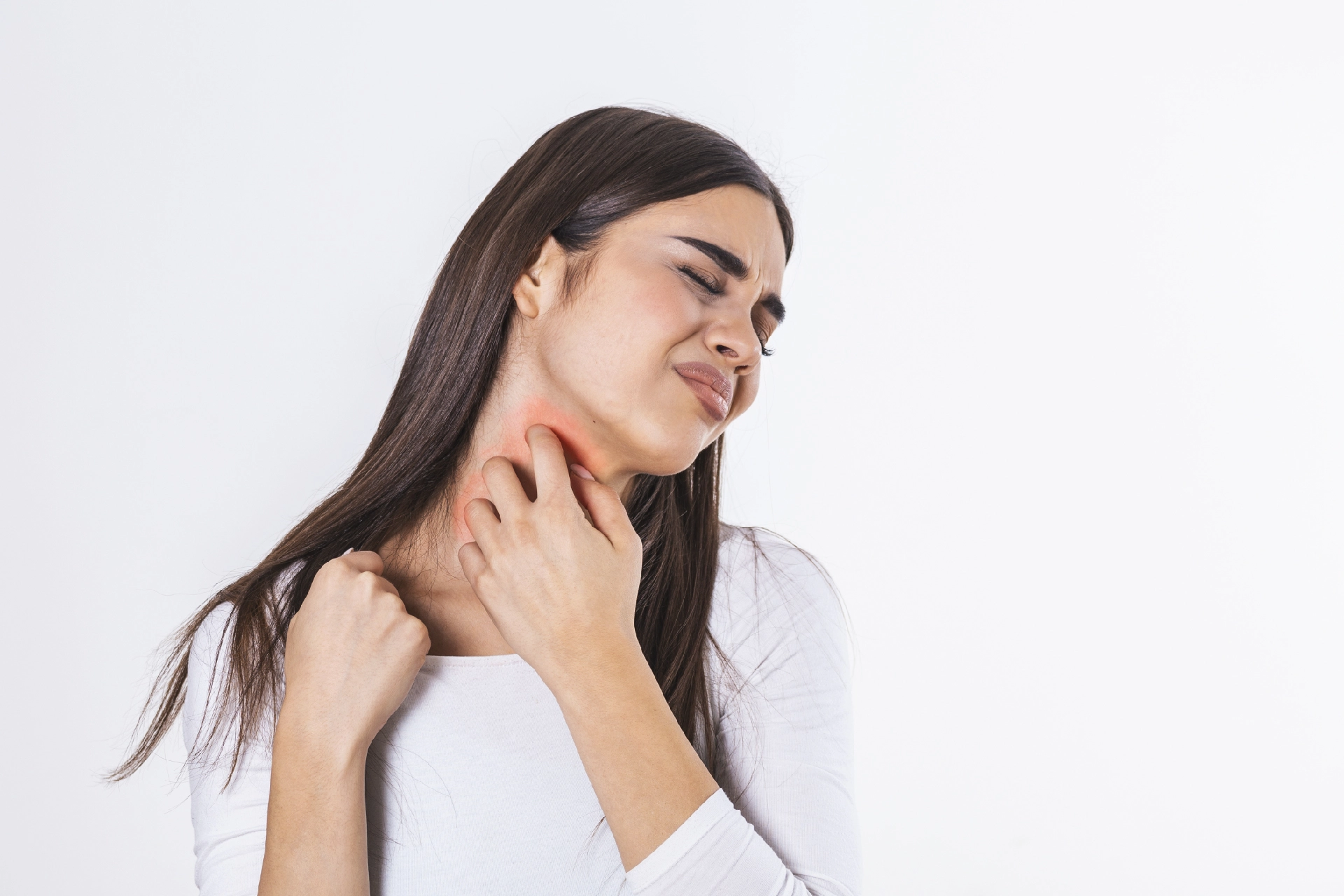Gynaecologist and Obstetrician | 6 min read
Stretch Marks: Signs, Complication, Treatment, Diagnosis
Medically reviewed by
Table of Content
Key Takeaways
- Stretch marks are legions, also known as striae, which are formed when the skin is stretched suddenly
- The most noticeable symptom of stretch marks is itchy or irritated skin
- Between 50% and 90% of pregnant women get stretch marks either during or after giving birth
Blemishes aren’t something most of us are comfortable with and stretch marks are among the many varieties of scars that everyone encounters at some point in life. Stretch marks are legions, also known as striae, which are formed when the skin is stretched suddenly. The body’s skin is elastic in nature and accommodates for gradual mass gain well; however, sudden stretching over a short period of time causes a layer of skin to tear and leave marks. In fact, during pregnancy, between 50% and 90% of pregnant women get stretch marks either during or after giving birth.
While stretch marks aren’t a sign of illness or disease, they do deserve your attention and care. These marks are permanent, and though they may become less visible over time, can make you less confident about your appearance. To remedy this, your best options are to either control the development of stretch marks or try common practices for stretch marks removal as a cosmetic solution.
There are several stretch marks home remedies that you can consider to achieve this naturally. In most cases, it is misinformation or the lack of knowledge about stretch marks that drives many to seek stretch marks treatment without proper guidance. To avoid this here’s all you need to know about stretch marks causes, symptoms and treatment.
What Is Stretch Mark
Stretch marks are scars caused by the stretching or shrinking of skin, often during adolescence or pregnancy. It can also be caused by extreme weight fluctuations or any other situation that causes the skin to stretch rapidly. They appear like bands of lines running across your skin.
They are extremely common, with 90 percent of people having them.
Common Areas to Get Stretch Marks
Stretch marks are scars that usually form wherever your skin gets stretched. While there are a few common areas where most people see stretch marks, it is important to note that they can appear almost anywhere.
Usually, stretch marks appear on the:
- Flank
- Breasts
- Hips
- Thighs
- Abdomen
- Buttocks
Stretch Marks Causes
To understand what causes stretch marks, you should first be aware of the fact that they form in the dermis. This is the middle layer of the skin and as it tears, it reveals the deeper layers of skin.
Stretch marks occur when the skin is stretched rapidly due to body growth for a variety of reasons. Collagen, a protein that makes your skin more elastic, if deficient, can cause stretch marks.
Common Stretch Marks Causes Include:
- Puberty
- Pregnancy
- Corticosteroid use
- Cushing’s syndrome
- Rapid weight gain or loss
- Marfan’s syndrome, which can cause sudden growth
- Bodybuilding: growth of muscles can cause stretch marks
Signs of Stretch Marks
These are some signs to know you have stretch marks:
- You have indented lines on your skin, which can vary in size and in length
- These streaks are red, pinkish, blue, and purple or grey, and it can depend on your skin tone
- Thin glossy lines appear that can turn whitish over time.
- Itching and irritation in areas with stretch marks
Symptoms of Stretch Marks
The most noticeable symptom of stretch marks is itchy or irritated skin. Following this, you’ll notice streaks or indented skin, which can either be red, black, pink, blue, or purple in color. These can be small, based on the tear, or even cover up a large portion of the body. If in any case, the stretch marks cover a sizable portion of the body, visit a specialist for stretch marks treatment.
Stretch Mark Treatment Options
There are several options you can avail of to get treatment for stretch marks. These are split into medical treatments and home remedies. Here is a list of a few options in each category.
Medical treatments for stretch marks
There are many medical treatments available to treat stretch marks.
- Tretinoin cream
It is also known as Retin A or Renova. It removes stretch marks by restoring collagen to the affected area, which is a fibrous protein that restores elasticity in your skin
- Hyaluronic acid may help if used on early stretch marks
- Cosmetic surgery
- Microdermabrasion
This therapy involves polishing the skin with tiny crystals, which can improve the appearance of older stretch marks.
- Excimer laser therapy
This therapy stimulates melanin pigment production so that the stretch marks can match the skin surrounding it.
- Pulsed-dye laser therapy
This therapy encourages the growth of collagen and elastin, which increases the elasticity of the skin. However, it may also cause discoloration if you have a dark skin tone.
- Fractional CO2 laser therapy
This is a therapy that uses a small laser to target small patches of skin
- Radiofrequency
- Chemical peels
Home Remedies For Stretch Marks
- Collagen boosters
- Cocoa butter
- Moisturizers
Moisturizers are used to reduce the appearance of stretch marks. According to the American Academy of Dermatology, it is recommended to rub moisturizer into your stretch marks for several weeks
- Self-tanning products
Self-tanning products can darken the appearance of light-colored stretch marks, temporarily making them less noticeable.
- Aloe vera
- Coconut oil
- Topical creams
Topical creams such as Hyaluronic acid and Vitamin A can reduce the appearance of stretch marks.
While you can also try a stretch marks cream, these are usually reported to be ineffective and may be based on false claims. It is best to consult a dermatologist for the best stretch marks cream or treatment.
Risk for Developing Stretch Marks
Certain aspects can make a person more susceptible to stretch marks. They are as follows:
- Being a woman
- Being pregnant
- Having Marfan’s syndrome
- having a genetic predisposition to stretch marks
- Having a history of delivering a large baby
- Having a history of delivering twins
- Having a higher body weight than average
- Having recently lost or gained a large amount of weight
- Taking corticosteroids
These factors make it easier for a person to develop stretch marks. However, it is possible for anyone to develop it.
How are Stretch Marks Diagnosed?
Stretch marks are usually diagnosed by a dermatologist or any other healthcare professional by looking at your skin.
They also review other health conditions you might have that can increase the occurrence of stretch marks. These health conditions include:
- Cushing’s syndrome
- Marfan’s syndrome
- Ehler’s Danlos syndrome
- Chronic liver disease
- Mental health diseases like Anorexia Nervosa
- Anetoderma
- Pseudoxanthoma elasticum
They also might prescribe a urine or blood test to find an underlying cause for your stretch marks.
Prevention Tips For Stretch Marks
While stretch marks appear naturally and cannot always be prevented, there are ways to go about decreasing the chances of stretch marks appearing on your body.
Here are a few practices that help decrease the likelihood of stretch marks:
- Drink enough water during the day
- Avoid gaining a lot of weight too quickly, especially during pregnancy
- Steer clear of yo-yo dieting or weight cycling practices
- Get enough vitamins and minerals through your diet. Vitamins A and C are particularly important for healthy skin.
Developing stretch marks in pregnancy or even otherwise shouldn’t be viewed as something abnormal. Remember, such marks are common and there are many ways you can help them become less noticeable over time. Whether it is with help of prescribed stretch marks removal cream, self-tanning products, or any other form of stretch marks treatment, these marks can fade.
To find the best dermatologists for skin issues such as stretch marks, use Bajaj Finserv Health. You can view a list of top dermatologists in your city. Thereon, book an online appointment or an in-person appointment at your convenience. In doing so, you get access to exciting discounts and deals from empanelled healthcare partners. These benefits and others like it are just one step away.
References
Disclaimer
Please note that this article is solely meant for informational purposes and Bajaj Finserv Health Limited (“BFHL”) does not shoulder any responsibility of the views/advice/information expressed/given by the writer/reviewer/originator. This article should not be considered as a substitute for any medical advice, diagnosis or treatment. Always consult with your trusted physician/qualified healthcare professional to evaluate your medical condition. The above article has been reviewed by a qualified doctor and BFHL is not responsible for any damages for any information or services provided by any third party.





